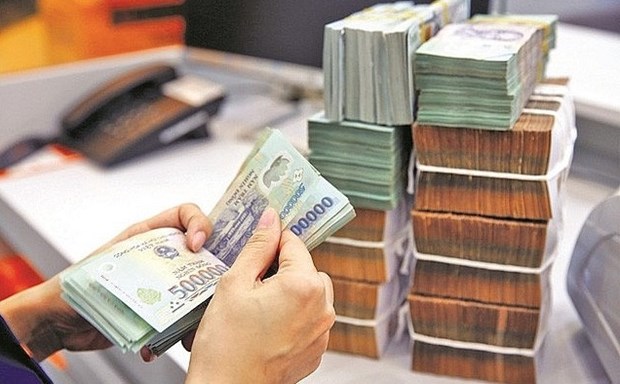Vietnam's financial strategy aims at sustainable development
The government said it prioritises long-term development projects, sustainable financing while strengthening national reserves, social security and investing in human capital. Meanwhile, government spending is to be reduced to 60 percent, from the current level of 62-63 percent, by the end of 2030.
 The insurance market has been earmarked for an annual 15 percent growth rate from now until 2025 to account for 3-3.3 percent of GDP
The insurance market has been earmarked for an annual 15 percent growth rate from now until 2025 to account for 3-3.3 percent of GDP
State budget deficit, public debt and financial security lie at the core of future reforms. The decree laid out a road map to ensure the country will be able to meet all financial obligations in the 2021-25 period with a goal to reduce the portion of public debt from 3.7 percent GDP in the period to 3 percent by the end of 2030.
The government said it is committed to limiting the debt ceiling to 60 percent of GDP, with government debt not higher than 50 percent, foreign debt not higher than 50 percent in the 2021-2025 period. The stock market's capitalisation by 2025 is to reach 100 percent of GDP with a goal to increase to 120 percent of GDP by the end of 2030.
Meanwhile, the insurance market has been earmarked for an annual 15 percent growth rate from now until 2025 to account for 3-3.3 percent of GDP and a 10 percent annual growth rate from 2025-30.
State-owned enterprises (SoEs) are to go through a restructuring process to improve business and financial performance by 2025. SoEs with strong business performance may receive additional investment to bolster the State's ability to support key industries. On the other hand, governmental offices and agencies are to have their budget slashed by 10 percent on average by the end of 2025, and 15 percent by the end of 2030.
Other key objectives include measures to modernise the country's customs and tax procedures and to establish a digital treasury by 2030./.
VNA
 Criteria of 2024 projected to early accomplishment
Criteria of 2024 projected to early accomplishment
 Import-export turnover reaches nearly US$53 billion
Import-export turnover reaches nearly US$53 billion
 Binh Duong vibrant with e-commerce week and super promotional month
Binh Duong vibrant with e-commerce week and super promotional month
 Training workshop on restructuring of industry and trade successfully organized
Training workshop on restructuring of industry and trade successfully organized
 Bank encourages checking transactions on applications
Bank encourages checking transactions on applications
 Ben Cat concentrates efforts to fulfill socio-economic development targets
Ben Cat concentrates efforts to fulfill socio-economic development targets
 Forstering a logistics center with regional connection
Forstering a logistics center with regional connection
 To clear bottlenecks, make good use of FTAs
To clear bottlenecks, make good use of FTAs
 Vietnam balances supply and demand to prepare for Tet shopping season
Vietnam balances supply and demand to prepare for Tet shopping season
 Developing Bac Tan Uyen district into a town in the period 2030-2040
Developing Bac Tan Uyen district into a town in the period 2030-2040






